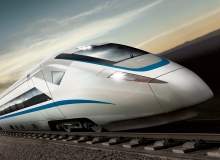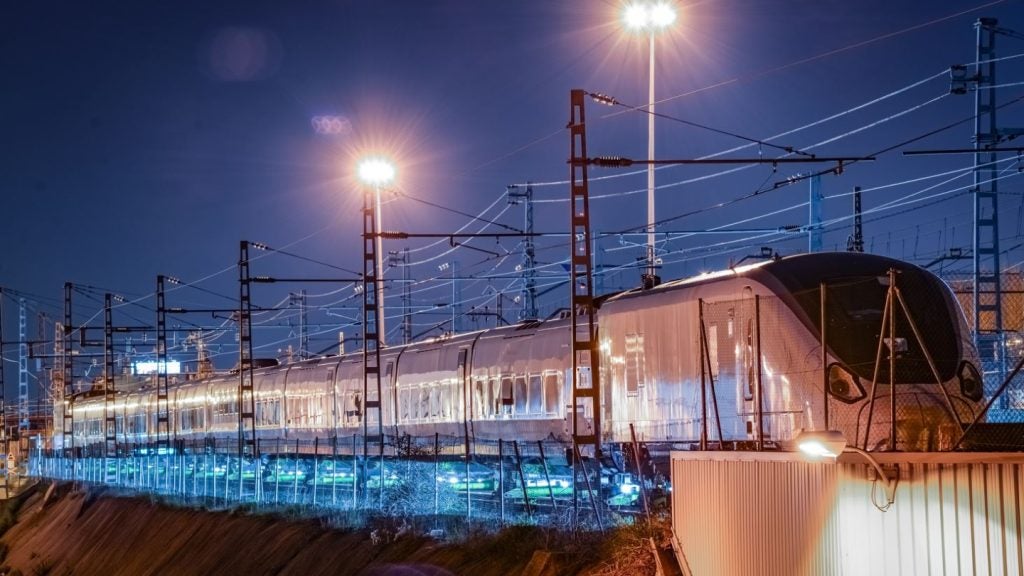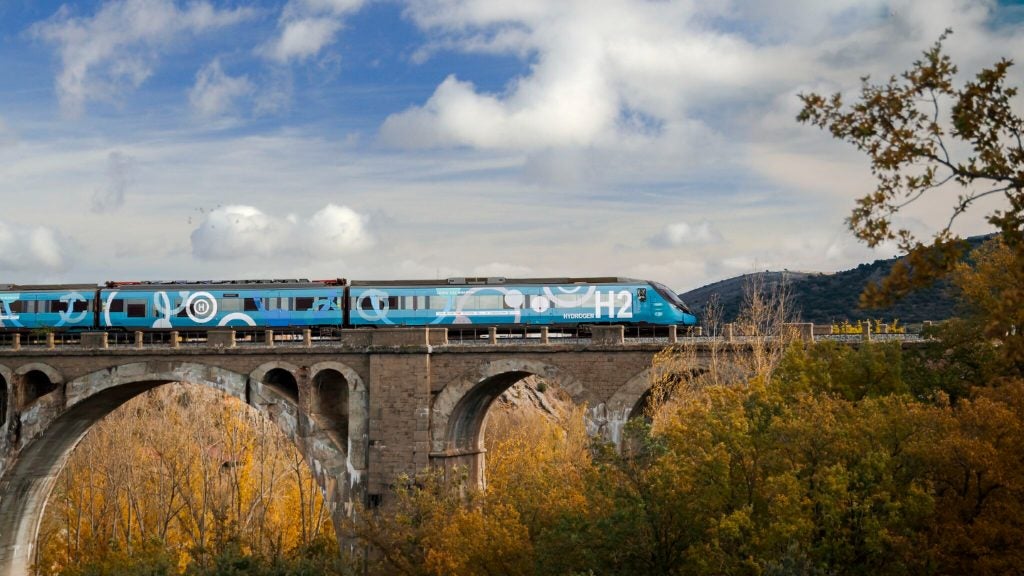

There’s nothing that solidifies industry approbation quite like an awards ceremony. Frazer-Nash and Bombardier can testify to this, having picked up the gong for Best Technological Innovation for their Train Zero project at the Rail Business Awards, held in London on 26 February.
Hailed as a cutting-edge testing facility, Test Zero has been designed with the goal of making the next generation of rolling stock safer and more reliable, improving the all-round performance of trains. In turn, passengers can expect a tangibly ameliorated service.
Notably, the Mayor of London, Boris Johnson, was on hand to open the £1.6m, Derby-based facility in December. With Bombardier set to provide 65 trains to Crossrail by 2018 – having secured the £1bn contract in 2014 – Train Zero will play a vital role in ensuring rolling stock progresses off the production line and onto the tracks as seamlessly as possible.
As Johnson said at the time, Train Zero serves as ample proof that the "UK’s train industry is alive and well". In fact, it is the first time such technology has been deployed to test trains in this country.
Yet, for it’s clear innovation, the model-based engineering approach on which the facility is based also draws considerable inspiration from a technique commonly used in the aerospace field – the ‘iron bird’.
See Also:
In an exclusive interview, Richard Jones, Frazer-Nash’s business manager, rail sector, talks us through the project’s beginnings, the collaborative process between both parties, and how we should expect Train Zero to extend beyond Crossrail and play a pivotal role in the future manufacture of rolling stock across the industry.
How well do you really know your competitors?
Access the most comprehensive Company Profiles on the market, powered by GlobalData. Save hours of research. Gain competitive edge.

Thank you!
Your download email will arrive shortly
Not ready to buy yet? Download a free sample
We are confident about the unique quality of our Company Profiles. However, we want you to make the most beneficial decision for your business, so we offer a free sample that you can download by submitting the below form
By GlobalDataRoss Davies: I’ve read that the Train Zero concept is partially modelled on the ‘Iron Bird’ full-scale testing tool deployed in the aircraft sector? Is that correct? How does it work?
Richard Jones: Yes. When we had our first meetings with Bombardier back in 2012, we together came up with the idea of using the Iron Bird concept.
Belgian freight operator SNCB Logistics has replaced its rail cargo planning systems with a single platform.
The Iron Bird is a structure which looks a bit like the shape of an aeroplane and which is literally made out of large iron girders. You hang on that all the electronics and control equipment, as well as a representative set for the landing gear. So it’s basically all the active parts of the aircraft, but none of the structure.
What it does do is let you test all sorts of functional systems and learn things about your proposed design at such an early stage that you are able to incorporate lessons learned into the final design. That’s very valuable. It means you don’t have to go away and build an aircraft and see if it flies properly or not – to find out whether the systems are doing what you hoped they would do in the design.
It’s great validation for the design, and most importantly – it’s early. It has a double value – it gets bugs out of the system, but it does so at such an early stage that you can influence the design and move forward.
RD: So that’s what induced Frazer-Nash and Bombardier to pool their resources and work together?
RJ: As I said, we had been having these conversations since 2012. Bombardier had in their head an Iron Bird system specifically tailored to trains, but hadn’t realised or built anything like that before. Frazer-Nash works cross-sector – which obviously includes people working in rail – and we’ve actually done quite a large number of these so-called systems integration test rigs with other customers in several other industries.
So we were able to say to Bombardier: "We’ve built some of these before and we can help you build them as well."
RD: Was the project conceived specifically with Crossrail in mind?
RJ: Yes and no. It was certainly conceived for the Crossrail project, but, actually, together with Bombardier, we kept extending the thinking. So, in fact, what they have built now is a fully flexible facility. It can emulate a Crossrail train today, and with a few days of reconfiguration, it can emulate any other train that Bombardier have built in the past or might wish to build in the future.
So it began with the specific aim of Crossrail, but can be adapted to other future projects, as well.
RD: What were the main factors that needed to be taken into consideration during the course of the project? Were there any particular logistical challenges you encountered and how were they overcome?
RJ: There are always technical challenges in building something this complex. But Bombardier really threw themselves into the project with a lot of commitment. They took an existing, fairly old Victorian building in Derby and completely refurbished it, putting in new facilities.
It’s a big facility, but really it’s a tool that helps you perfect your design and improve the reliability of rolling stock.
Then Frazer-Nash designed the framework of the rig and all of the electronics and the standard operating software. So, on that canvas, if you like, Crossrail can paint their trains and then install the wiring and electronics boxes that will go on the eventual train.
In a way, the biggest challenge was ensuring that Bombardier’s engineering process and our processes were in harmony throughout. Thankfully, they were.
Construction of a train station in the heart of the city marks Vinge’s birth.
RD: How will Train Zero allow the next generation of rolling stock to come off the production line quicker? And, also what are the knock-on benefits for the ultimate end-user in all of this – the passenger?
RJ: With regards to speeding up the development cycle, the norm used to be that you would build the train, run it for a while and see what faults came up and fix them.
Train Zero concerns a very different approach. This is about trying to make sure that the train that goes out is as close to perfect first time as it can be. So it already has an immediate role in shortening the development time and improving the quality of the end product.
It’s really an example of model-based engineering, which we have seen utilised across other sectors, such as the car industry, which has greater variety of products with much shorter development cycles.
What are the knock-on benefits for end-users? Well, the whole objective here is to have a train in service that is more reliable from day one. And, of course, with Crossrail, that’s going to be very visible to the public. There is no existing operation; we are looking here at a new operation and all parts of that new Crossrail operation and the way in which the parts interact to form a system. All of those should be much more visible to passengers.






